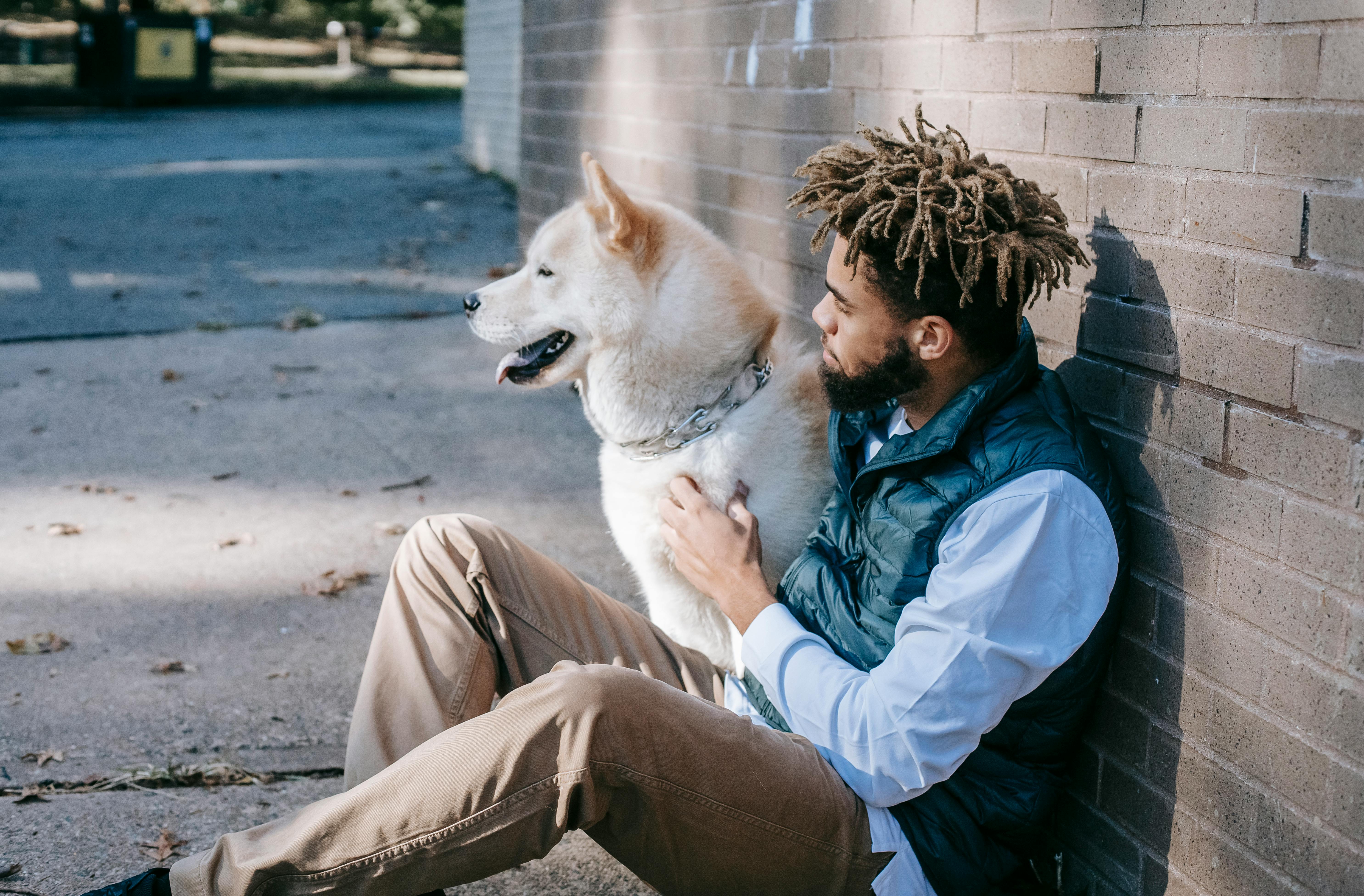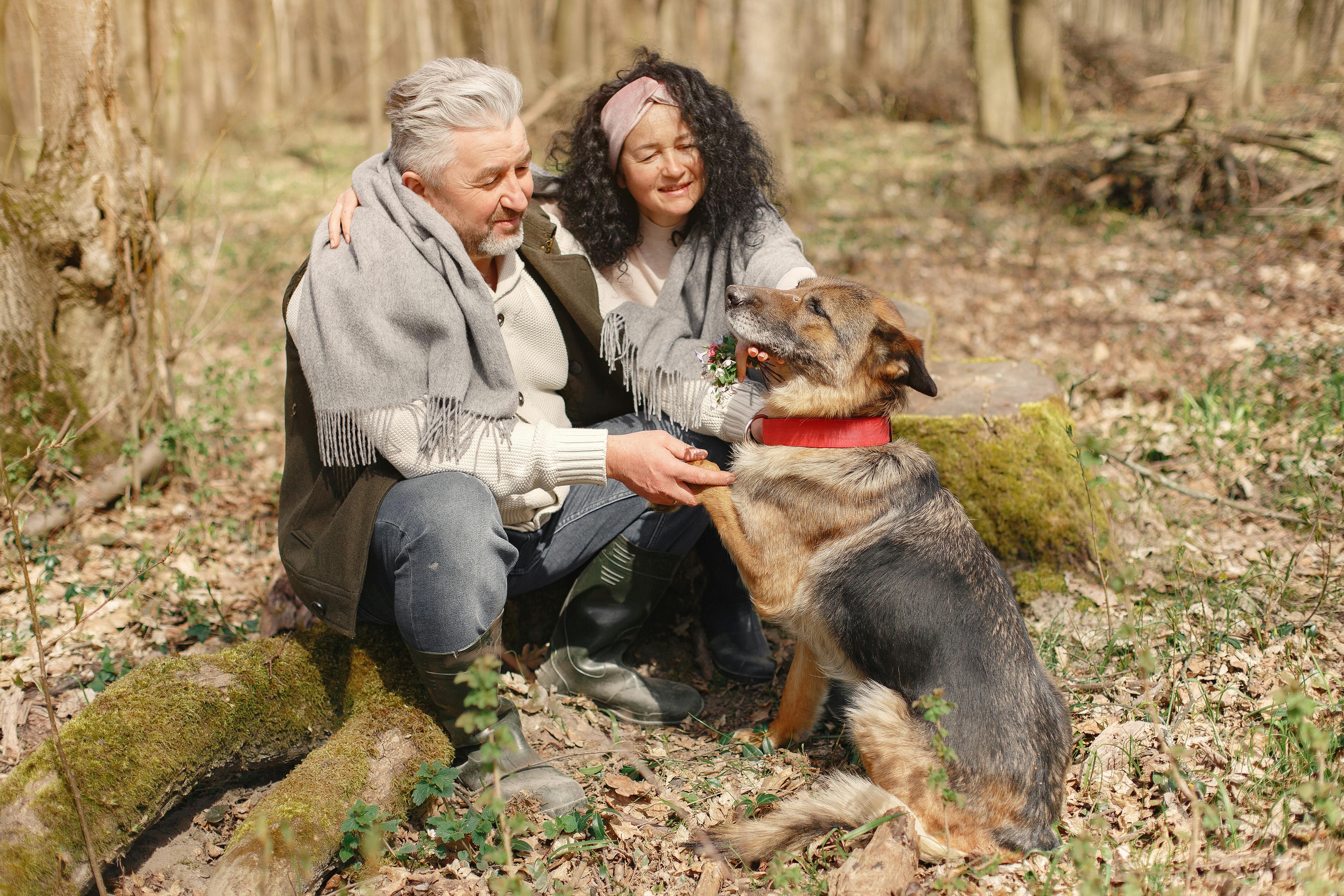Before you start assembling the items for your 72-hour kit, define what survival means to you. If he makes it out alive, regardless of losing a limb to frostbite, that’s one end of the spectrum, while a spare Winnebago could be the other end. I usually fall in the middle: I don’t mind suffering a bit, but I’d rather keep my digits.
Another decision to make ahead of time is whether you want a ‘single-use kit’ with disposable items or a kit that can be reused. This becomes quite important for two reasons, the first is that a one time use kit will only be used when death is on the line, the second is that ‘one time use’ kits fall into the “barely survive, maybe even without my fingers or toes” end of the spectrum. A reusable kit can become part of a lifestyle, turning many “disasters” into inconveniences or even adventures.
One last item: DO NOT OVERPACK. It’s tempting, and it will take some discipline, to resist the urge to say, “I might need this.” A kit that is too big or too heavy is often just as useless as no kit at all.
shelter. This is the highest priority. The sun will burn you, the rain will freeze you (hypothermia can set in quickly during the fall, spring, and winter if you’re wet), and unless you’re lucky enough to be stuck in a benign environment (like Tahiti), the lack of shelter will be more than an inconvenience. The shelter can be a tent, a tarp, or a bivouac (I don’t see the ubiquitous tubular tent as an option). The best I’ve found is a nylon ripstop poncho that folds up and can be used as a tent. These are very versatile, they’re lightweight, very sturdy, they do double or triple duty (a must if your kit needs to be light enough to carry), and some of these can be used together to make a larger tent if you’re with others. Make sure you have a small rope, stakes, and a large, strong plastic garbage bag (to slide the bedding) along.
Water. There are many recommendations on how much water to put in your kit. My opinion is 30-60 oz per day depending on your size. If you are very small take the first, bigger the second. If you try to get by on less than this, you will begin to risk your life on many occasions. I should note that the government says one gallon per person per day, but this includes water for washing, cooking, etc., all of which I’ll get to later.
Options for water include sterile boxes, sterile mylar bags, water bottles, and reusable containers. Sterilized water (bag or box) is very convenient if you don’t let its relative unavailability prevent you from using it when you need it. They have a shelf life of 5 years and you can forget about them. Water bottles need to be replaced yearly and take up a lot of extra space due to their shape, but are otherwise good. You can also get reusable containers (usually collapsible plastic) that work well if you sterilize the water (and keep it sterilized) or wash and replace the water frequently. I don’t consider water purification tablets to be an option due to their taste and the fact that water is not available at all during some crises.
Food. Take 2,000 calories per person per day. There are many options, but the best ones require no preparation, utensils, or plates to eat. Food bars of all kinds fall into this category, as do granolas, GORPs, etc. They all work fine, but need to be replaced annually or based on their expiration dates. The Coast Guard uses a food bar with a shelf life of five years. Get foods with a lot of variety, like nuts, whole grains, etc. The next best type of food is the mylar type: mylar tuna bags, MRE (military meals), etc. They do require utensils, but the tuna (available at the grocery store) can be eaten out of the bag, just like MREs, albeit with a bit more difficulty. The excessive amounts of packaging and superfluous items in MREs have always prevented me from using them as a serious food source if space and weight are an issue. NOTE: EAT AS HEALTHY AS POSSIBLE. Don’t be fooled by the “eat a lot of sweets and junk food for comfort and energy” gig. Sugar causes an energy crash proportional to your high. It also draws nutrients from the body’s stores to be digested, and stresses the body, and in a stressful situation it is the last thing to eat. Whole grains, nuts, etc. it will give gradual and uniform energy and provide the necessary fats, proteins and nutrients, needs that increase during times of stress.
Litter. Wool and fleece are the best choices for blankets. Wool retains some of its ability to keep warm even when wet and is flame retardant, fleece is very lightweight and also retains some of its ability to keep warm when wet. It is NOT flame retardant. If you are in an area where fire is likely to be a problem, stick with the wool unless it is too heavy. Stay away from cotton as it absorbs your body heat when wet. Get orange blankets if you can, this is a great surface area for signaling (even if a child is wrapped in it). I think it’s a good idea to include a foil type emergency blanket. They fold up very small and can act as a ground cloth, retain body heat, act as a vapor barrier and windbreak, etc. However, don’t believe all the hype about its incredible heat reflecting properties: it only reflects radiant heat – and it is, after all, just aluminum foil. People in very cold climates might consider purchasing a down sleeping bag for their entire camp and keeping it in their 72-hour kit. It’s incredibly small and light and it’s incredibly warm.
Hygiene. Pack what you need to be comfortable, but don’t overdo it. Toilet paper, cotton tissue (for mask, wipe, etc.), baby wipes, soap, potty bags, and an N95 dust/virus mask are what I think are essential. Additional important items include a toothbrush/paste, latex gloves, and feminine pads.
First aid. DO NOT get a standard first aid kit with 3200 band-aids and some aspirin. Get a gauze roll, gauze pads, adhesive tape, pain relievers, alcohol wipes, wound/burn cream, blood thinner (such as cayenne pepper, which is also an antibiotic), and petroleum jelly or some other lubricant/moisturizer. You’ll have to make your own band-aids out of gauze and duct tape, but you’ll be able to cover most other minor injuries.
Rescue Tools and Aids. Again, DO NOT overpack. You need light (glow sticks or a crank flashlight), heat (heat packs), and a whistle. Additional items you ‘might need’ are: Fire Starter, Multi-Purpose Pliers, Small Rope, Crank Radio, Duct Tape, and a Folding Saw. In general, everything else is superfluous compared to the cases where it might be necessary. If you live in rural Idaho, you could pack some fishing line and a hook, but don’t overdo it.
Now you have to decide what you will pack it all in. A Rubbermaid is easy to access, but don’t try to take it anywhere and the lid is easily removed (yes, I’ve had contents strewn across the road from the back of a trailer). Dry Bags, duffels, daypacks, etc. are viable options depending on your budget and location. If you want to be portable and waterproof (a good idea, keep in mind that most natural disasters in the US are water related, and wet contents are a sure way to kill your spirit) , a dry bag that can be carried as a backpack is the best option. Many are rugged and waterproof, and some can be transported in a variety of ways.
The latest: try it! Take it camping, use it often. Purchase items like camping gear and store them in your 72-hour kit. You will get your money and know how everything works when you really need it. Your medicine cabinet will probably become that one place you always go to when the lights go out, when you can’t open that bag of chips in the car with your teeth, when you’re stuck on the side of the road, when you can’t find a flashlight in nowhere else and of course when that 3 feet of snow pins you down on a desolate stretch of Iowa highway.



